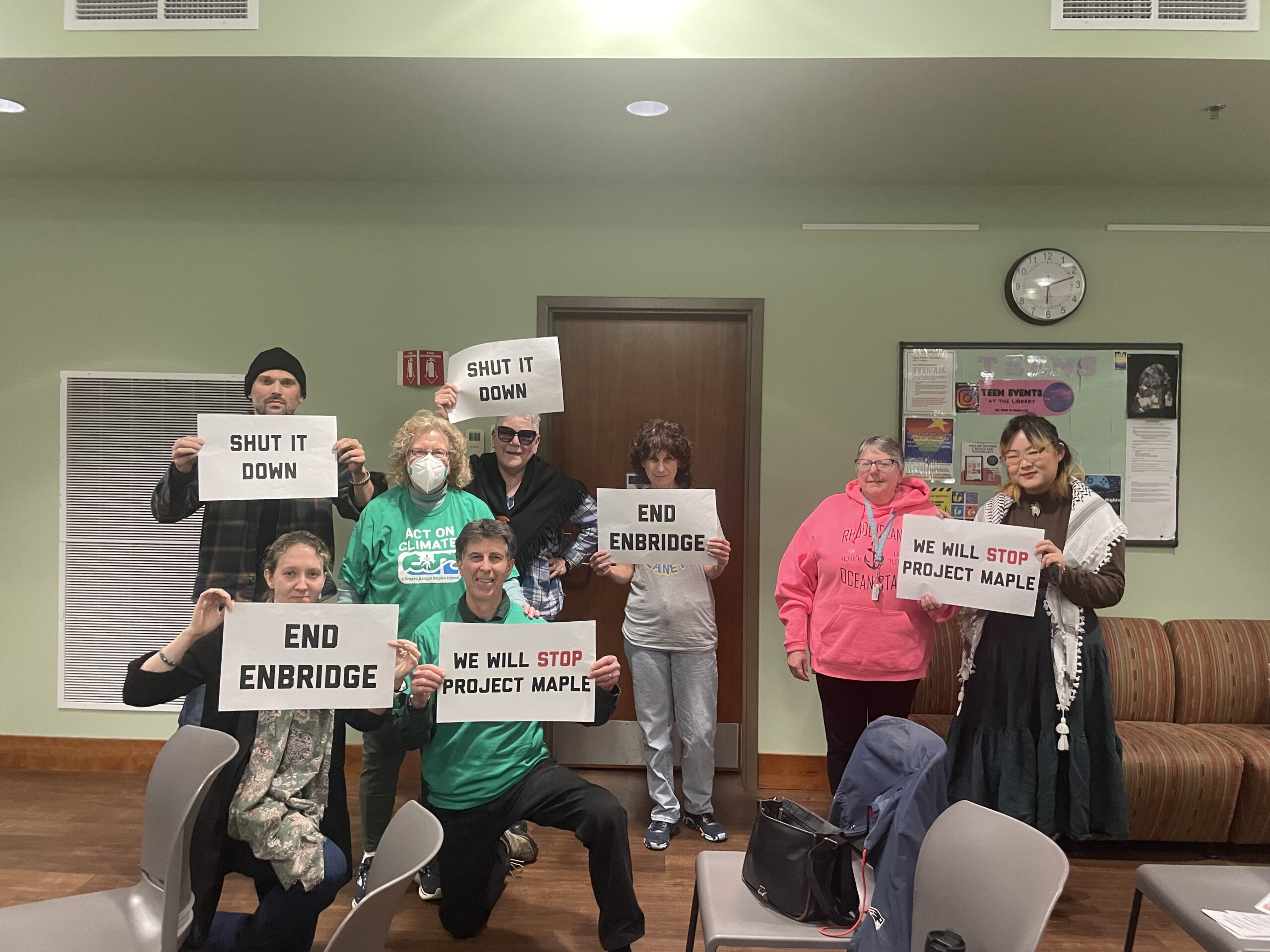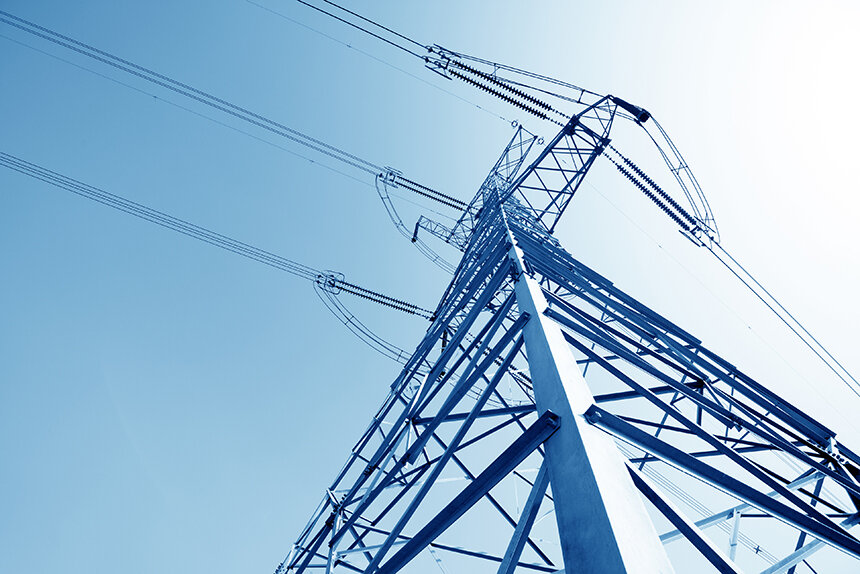Rhode Island Approves Vineyard Wind Project
February 27, 2019
NARRAGANSETT, R.I. — The offer to compensate Rhode Island fishermen harmed by the latest offshore wind project was disliked by just about everyone in the packed auditorium, but the deal was ultimately approved for fear it might slip away.
“We’ve been backed into a corner. Is there a way out of it? No,” said Grant Moore, fisherman and president of the Atlantic Offshore Lobstermen’s Association.
Moore recommended that fishermen and the Coastal Resources Management Council (CRMC) accept the deal.
“As lousy as it is. As insulting as it is. As poorly, poorly designed. Take it and let the fishermen deal with the (compensation) trust and run the trust,” he said.
Moore noted that the approximately $16 million compensation package is still a lot of money to use for “the battles ahead” over other wind facilities planned off southern New England.
Many at the Feb. 26 meeting at the University of Rhode Island Bay Campus thanked CRMC for creating protections for fishermen in its Ocean Special Area Management Plan (Ocean SAMP) and the all-volunteer Fishermen’s Advisory Board for being proactive.
“If it hadn’t been for the (CRMC) and the Ocean SAMP, we would be sitting around frustrated even more than we are now with absolutely no chance to get anything,” lobsterman Bill McElroy said.
Other fishermen, however, sternly objected to Vineyard Wind’s offer. Patrick Duckworth of Point Judith said the Block Island Wind Farm destroyed the nearby commercial fishery. He called for more research on the environmental impacts of offshore wind energy.
“We’re selling ourselves out. That’s chump change,” Duckworth said.
Meghan Lapp from fish processor Seafreeze Ltd. of North Kingstown and Point Judith submitted a petition signed by 170 workers in the commercial fishing industry who oppose the compensation plan. Lapp noted that the fund provides only $76,000 annually to repay the fishing industry for losses, while Vineyard Wind receives about $1 billion in tax breaks and subsidies.
“If Vineyard Wind wants $1 billion of our taxpayer money to support their project,” Lapp said, “then they need to sit down and have a real conversation with the commercial fishing industry or they can go back to where they came from.”
Vineyard Wind CEO Lars Thaaning Pedersen said concessions were made to appease fishermen, such as shrinking the size of the wind project by 20 percent and reducing the number of turbines from 106 to 84. Future wind projects, Pedersen said, would be laid out in an east-west orientation to improve boat travel.
Economic hardship would be helped by the $4.2 million fund for losses to fishermen and the $12.5 million for a fisheries viability fund. Pedersen said fishing can still take place between the turbines and that related onshore businesses such as fish processors can receive money from the compensation fund.
“We have no restrictions on the money,” he said.
At the start of the nearly 4-hour meeting, Grover Fugate, CRMC’s executive director, emphasized the importance of the Ocean SAMP, which was approved in 2010. The policy and planning guide gave Rhode Island the authority to review and approve offshore wind proposals, even those outside of state waters.
“We wouldn’t be here tonight if we hadn’t put that (Ocean SAMP) in place,” Fugate said.
But Fugate noted that new time limits imposed by President Trump and Commerce Secretary Wilbur Ross meant that CRMC had six months to make a decision, thus limiting its time to bargain. After agreeing to five extensions, Vineyard Wind no longer wanted to grant new delays, he said, as the New Bedford, Mass.-based developer aims to start construction this year so that the project qualifies for a federal tax credit and meets deadlines with Massachusetts regulators.
Thus, the fishermen and the CRMC board had few options, Fugate said. The board’s eight members could either approve the offer as is, approve it with stipulations, or deny it. Vineyard Wind, Fugate said, would likely appeal an unfavorable decision to the secretary of commerce. If the appeal prevails, the project could go forward without the compensation offer.
Fugate noted that a separate agreement was reached between CRMC and Vineyard Wind that makes the agreement binding regardless of the future the project.
“We have to finish this tonight,” he said. ”Otherwise this project is approved.”
Other speakers noted that the agreement, however flawed, is better than the aid fishermen receive in Massachusetts, Connecticut, and New York, where there are no requirements to compensate fishermen for economic harm and safety risks caused by offshore wind projects.
Several environmentalists and environmental groups spoke in favor of the offer. Climate Action Rhode Island, the Conservation Law Foundation, and the National Wildlife Federation acknowledged the hardship for fishermen but argued for urgently reducing carbon emissions.
“To effectively avoid the worst impacts of global climate change, like rising sea level, erosion, and ocean warming and acidification, we must drastically reduce greenhouse-gas emissions from all sectors of the economy,” said Hank Webster of the Acadia Center.
Former CRMC board member Paul Beaudette, who the governor inexplicably removed from the board with other environmentalists in 2017, supported the offer because it gave Rhode Island influence on issues beyond its borders, such as protecting North Atlantic right whales.
“By saying to the (wind) industry that we still have some say in it, we will continue to influence the industry,” Beaudette said.
Moving forward
Vineyard Wind hopes to begin onshore construction by the end of the year and begin offshore construction in 2020. Per the Bureau of Ocean Energy Management (BOEM), details such as the layout of the transmission cables don’t have to be revealed by Vineyard Wind until construction begins.
“There’s obviously, we believe, a number of problems with that, which we are trying to resolve with BOEM right now,” Fugate said.
Future offshore wind facility proposals from Vineyard Wind and Orsted will also go through the same review process, including being reviewed by the Fishermen’s Advisory Board.
Vineyard stats
The 92-square-mile wind facility is 14 miles south of Martha’s Vineyard, 41 miles southeast from Little Compton, and 51 miles from Point Judith.
The 9.5-megawatt Vestas turbines have a height of 696 feet. They will be built on a single monopole that is secured in the seafloor. The Block Island Wind Farm uses four-legged jacket foundations that connect to the seafloor.
The wind facility’s 800 megawatts of electric capacity is equal to the energy used by 400,000 homes.
Two submarine cables will deliver the electricity to Cape Cod. The cables will run from one to two substations at the wind facility to the electric grid in Barnstable, Mass.
Vineyard Wind is donating $3 million to a whale and wind research fund.
Several federal and Massachusetts permits are still needed before construction can begin.
Categories
Join the Discussion
View CommentsRecent Comments
Leave a Reply
Related Stories
Your support keeps our reporters on the environmental beat.
Reader support is at the core of our nonprofit news model. Together, we can keep the environment in the headlines.
We use cookies to improve your experience and deliver personalized content. View Cookie Settings




Remember this, as well as solar "farms" that destroy woodlands or real farms, or hydroelectric transmission lines through wild mountains, not to speak of manufacturing, siting, maintenance, and disposal issues when you see the phrase "clean energy" as there is no such thing. Once again, priority has to be on reducing demand for energy thru promoting better land use practices, conservation, efficiency, and slowing human population growth.